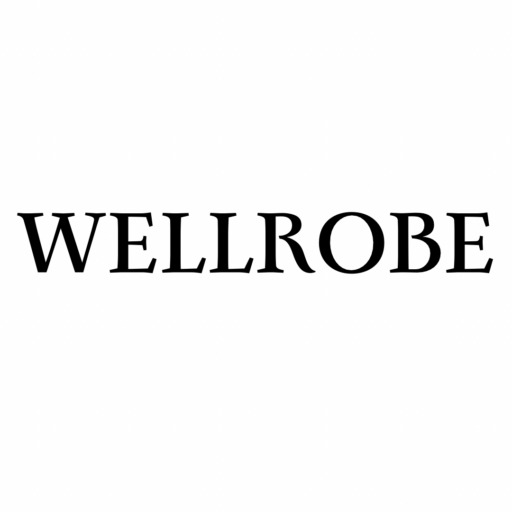Welcome back to another Wellrobe Wednesday! Today, we’re diving into the fascinating world of bee pollen, a superfood that’s creating quite the buzz in the health community. Whether you’re a seasoned wellness enthusiast or just beginning your journey, bee pollen is an incredible addition to your diet. Let’s explore what bee pollen is, its benefits, and how you can incorporate it into your meals.
Bee pollen is a mixture of flower pollen, nectar, enzymes, honey, wax, and bee secretions. It’s collected by bees and used as a food source for the hive. For humans, bee pollen is available as granules, capsules, or powders, making it easy to add to various dishes.
Bee pollen is often touted as a nutrient powerhouse. It contains a wide array of vitamins, minerals, proteins, lipids, and fatty acids, as well as enzymes and coenzymes. It’s particularly high in B vitamins, which are crucial for energy production. Bee pollen is packed with antioxidants, which help to neutralize harmful free radicals in the body. This can reduce inflammation and protect cells from damage, potentially lowering the risk of chronic diseases. The various compounds in bee pollen can enhance the immune system’s ability to fend off infections and diseases. Regular consumption may improve overall immune function. Due to its high nutrient content, bee pollen can provide a natural energy boost. It’s a great addition for those looking to enhance their physical performance and stamina. Bee pollen contains enzymes that can aid in digestion. These enzymes help your body break down food and absorb nutrients more efficiently. The anti-inflammatory properties of bee pollen can be beneficial for individuals with chronic inflammatory conditions, providing relief from symptoms. Some studies suggest that bee pollen can reduce symptoms of seasonal allergies by decreasing the body’s sensitivity to pollen. However, this should be approached with caution, especially for those with severe allergies.
Incorporating bee pollen into your diet is simple and versatile. Add a teaspoon of bee pollen to your morning smoothie for an extra nutrient boost. It pairs well with fruits like bananas, berries, and greens like spinach or kale. Sprinkle bee pollen on top of your yogurt or oatmeal. It adds a subtle crunch and a hint of sweetness, making your breakfast both nutritious and delicious. Use bee pollen as a topping for your salads. It complements leafy greens, nuts, and seeds, adding both texture and nutritional value. Incorporate bee pollen into your baking recipes. You can mix it into batter for muffins, pancakes, or energy bars. Stir bee pollen into your tea or fresh juices. This is an easy way to consume it without altering the taste too much. Enhance your acai bowl with a sprinkle of bee pollen along with other toppings like granola, fruits, and nuts.
While bee pollen is generally safe for most people, it’s important to be cautious if you have allergies, especially to pollen or bee stings. Start with a small amount to see how your body reacts and consult with a healthcare provider if you have any concerns.
Bee pollen is a versatile and nutrient-rich addition to any diet, offering a range of health benefits from boosting energy to supporting immune health. Its ease of use in various dishes makes it a convenient option for those looking to enhance their nutrition naturally. Try adding bee pollen to your meals and let us know how you like it! Stay tuned for more health tips and recipes on our next Wellrobe Wednesday.
